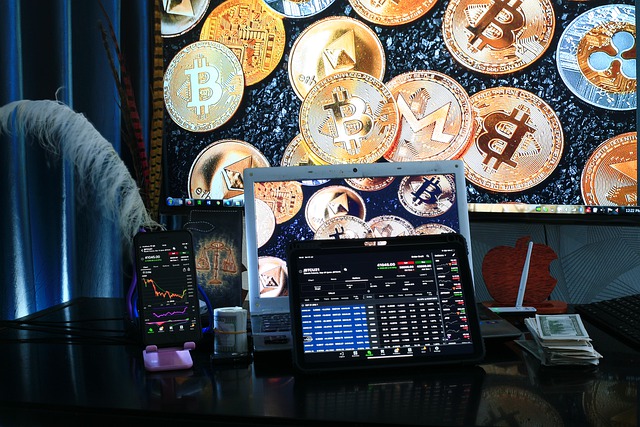There is no definite formula for the same but the following are some examples of the latest coins like Litecoin, Binance, and Cardano.
BNB/USD
Over the past few weeks, Binance Coin (BNB) has been trapped in the $25,6652 to $32 range. On December 19, the bulls moved the market beyond the overhead resistance and have followed it today with another up-move.
The BNB/USD pair has currently hit the overhead resistance of $ 35,4328 from where the price on November 25 had changed course. A re-test of the all-time high at $39.5941 is possible if the bulls can drive and hold the market above this resistance.
If the price declines from current prices and falls to $32, this bullish opinion would be invalidated. A couple of more days of restructuring would indicate such a step.
The upsloping moving averages and the RSI in the overbought sector, however, suggest the bulls benefit. If the bulls do not encourage the market to slide below $33.3888, the risk of a break over $35.4338 would improve.
If, on the other hand, the bears drop below the price of $33,3888, a decline to 20-EMA and then to $32 is probable.
LTC/USD
Since breaking out of the symmetrical triangle on December 16, Litecoin (LTC) picked up momentum. The goal target of the triangle’s breakout was $119.77 and it was reached on December 19.
The momentum is clearly in favor of the bulls, though. If the market does not slip below the $101,868 Fibonacci retracement of 50 %, it would mean that the bulls are not booking profits in a rush.
The probability of a rebound over $124.1278 would be improved by a shallow pullback. If that occurs, it could lift the LTC/USD pair to $140.
conversely, if the price falls below $101,868, the pair will be able to correct the EMA ($90) for 20 days. A deeper correction would mean that the momentum has reduced and may result in a few days of range-bound activity.
ADA/USD
Over the past few days, Cardano (ADA) has been traded inside the $0.13 to $0.175 range. On December 17, the altcoin turned away from the overhead opposition, but the bulls didn’t give up any room. This illustrates that there is no rush for traders to book profits.
If the sellers would propel the market beyond the $0.175 to $0.1826315 overhead support level, the ADA/USD pair could rally to $0.22 and then to $0.235. he market turns down from the current levels but recovers from the 20-day EMA ($0.154).The growing moving averages and the RSI in the positive territory indicate that bulls have the upper hand.
The bulls will continue to revive the upward trend if tOn the opposite, the pair could fall to $0.13 and prolong the stay inside the range if the bears lower the price below the 20-day EMA.
also read: How to study the crypto market?
